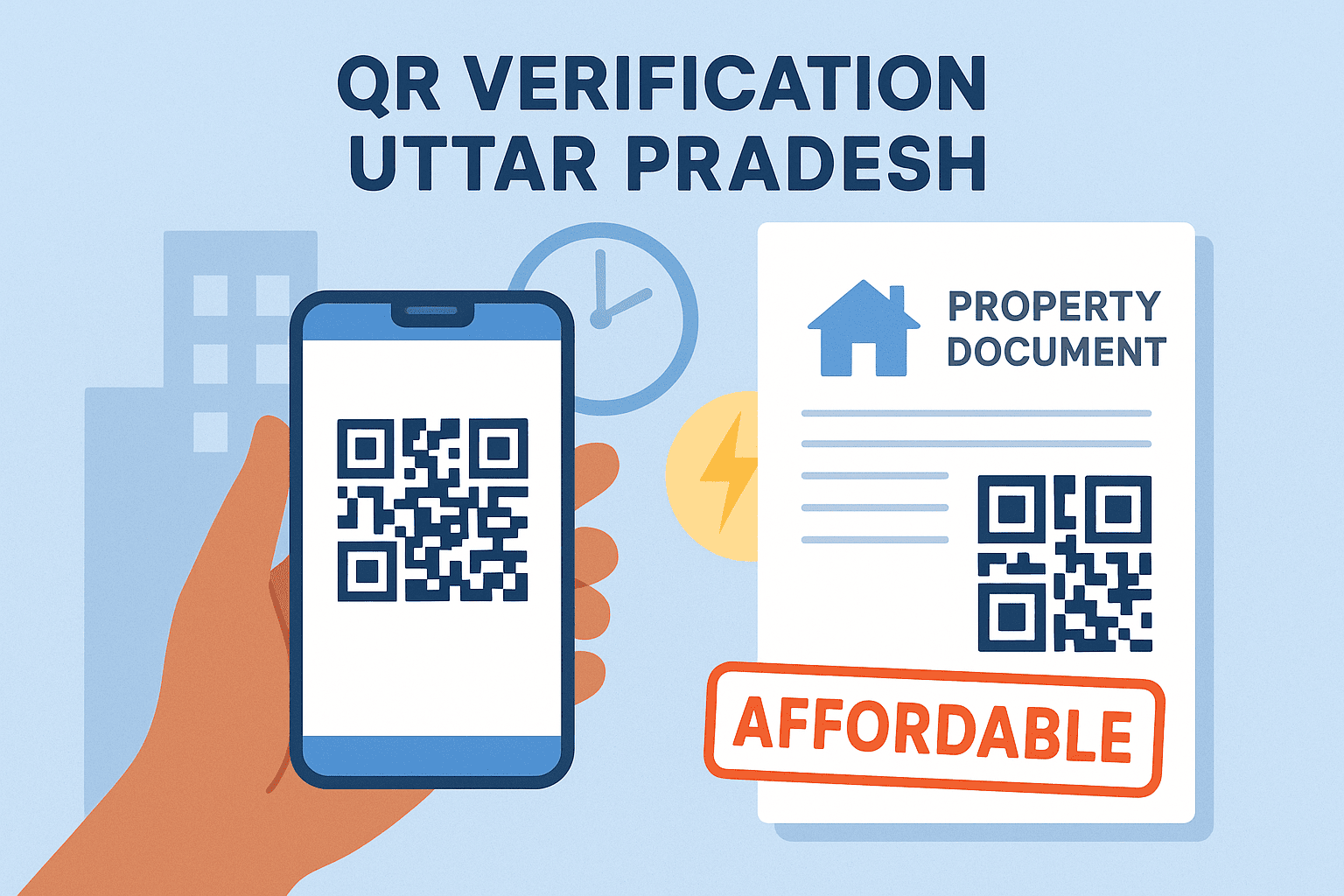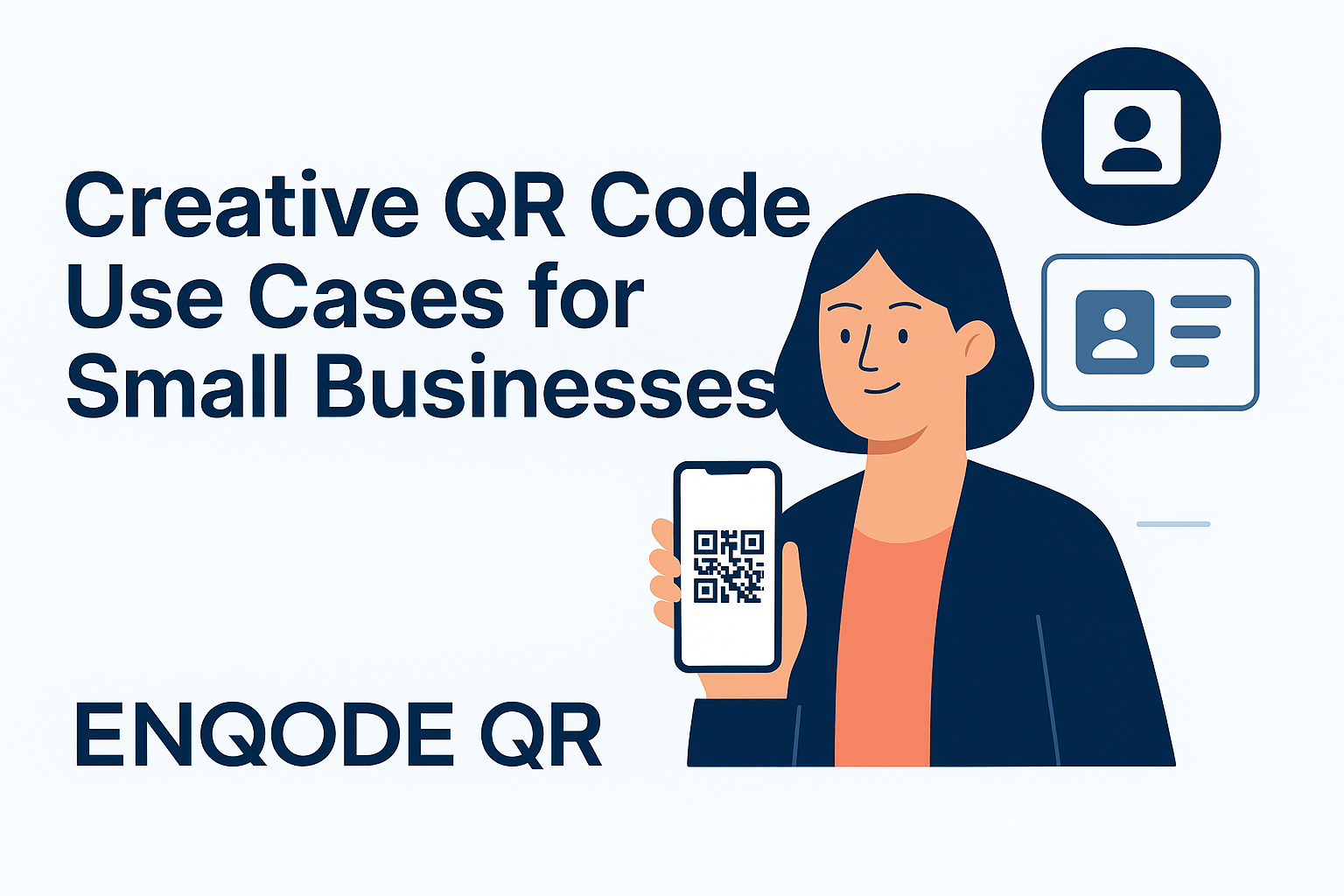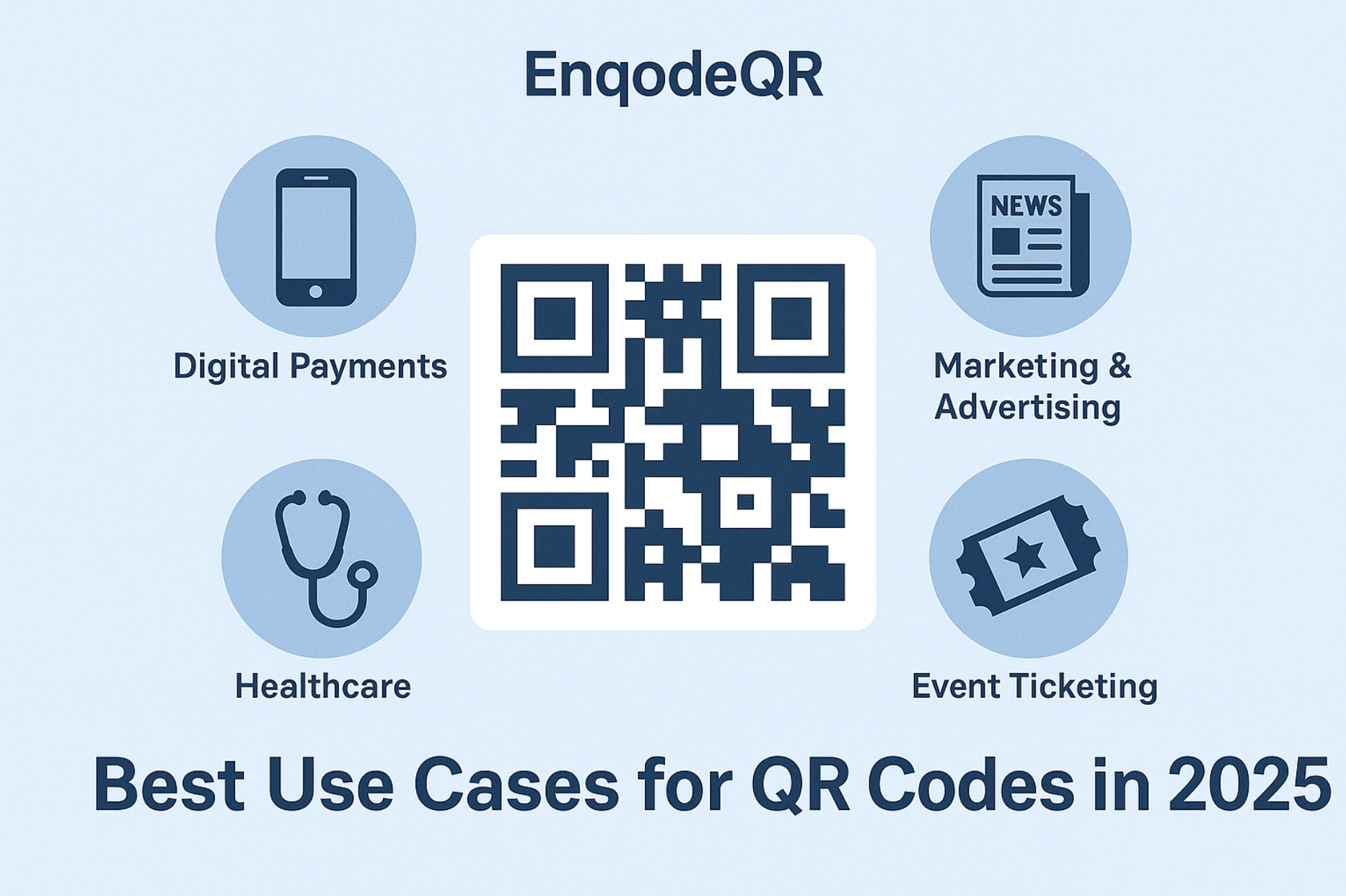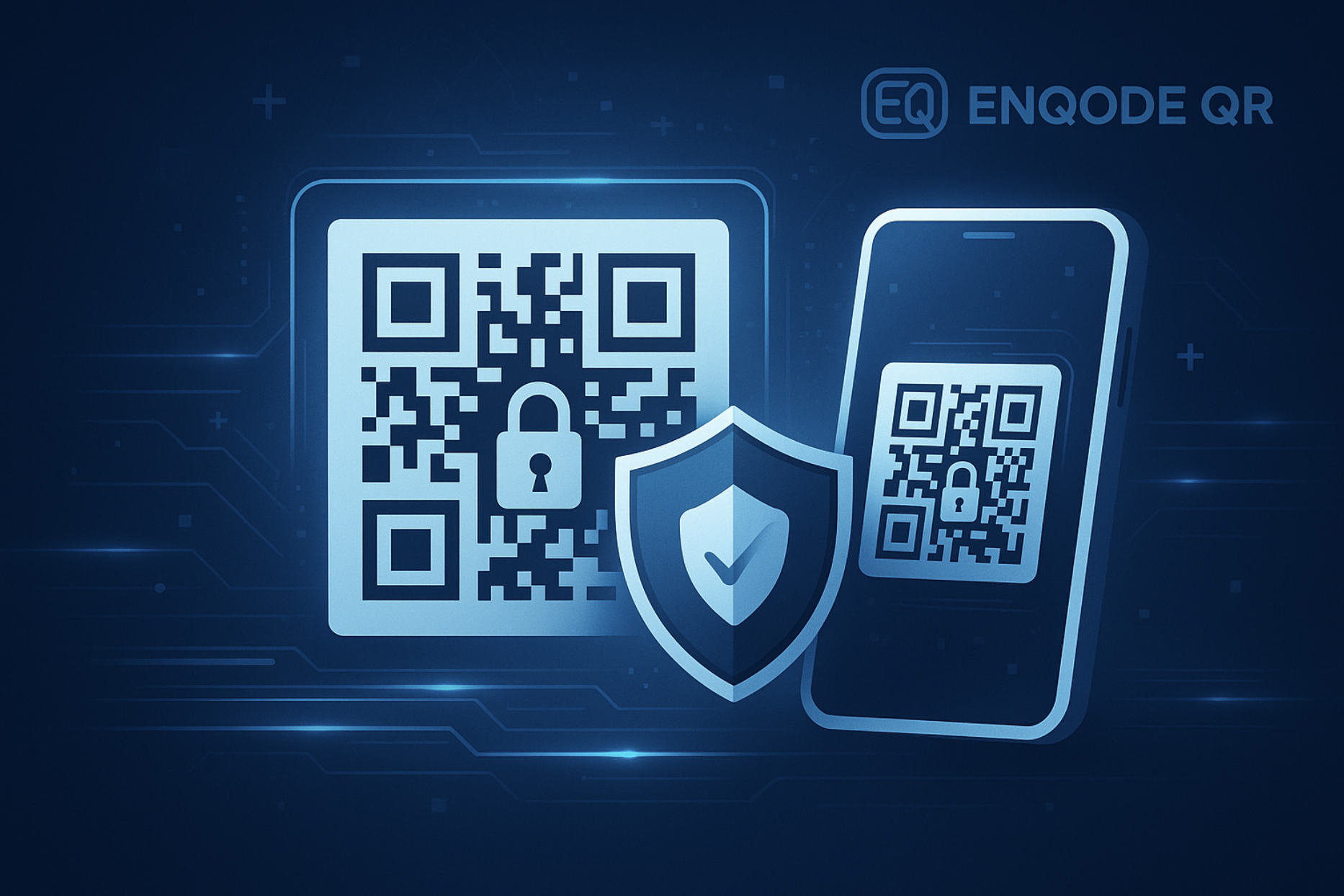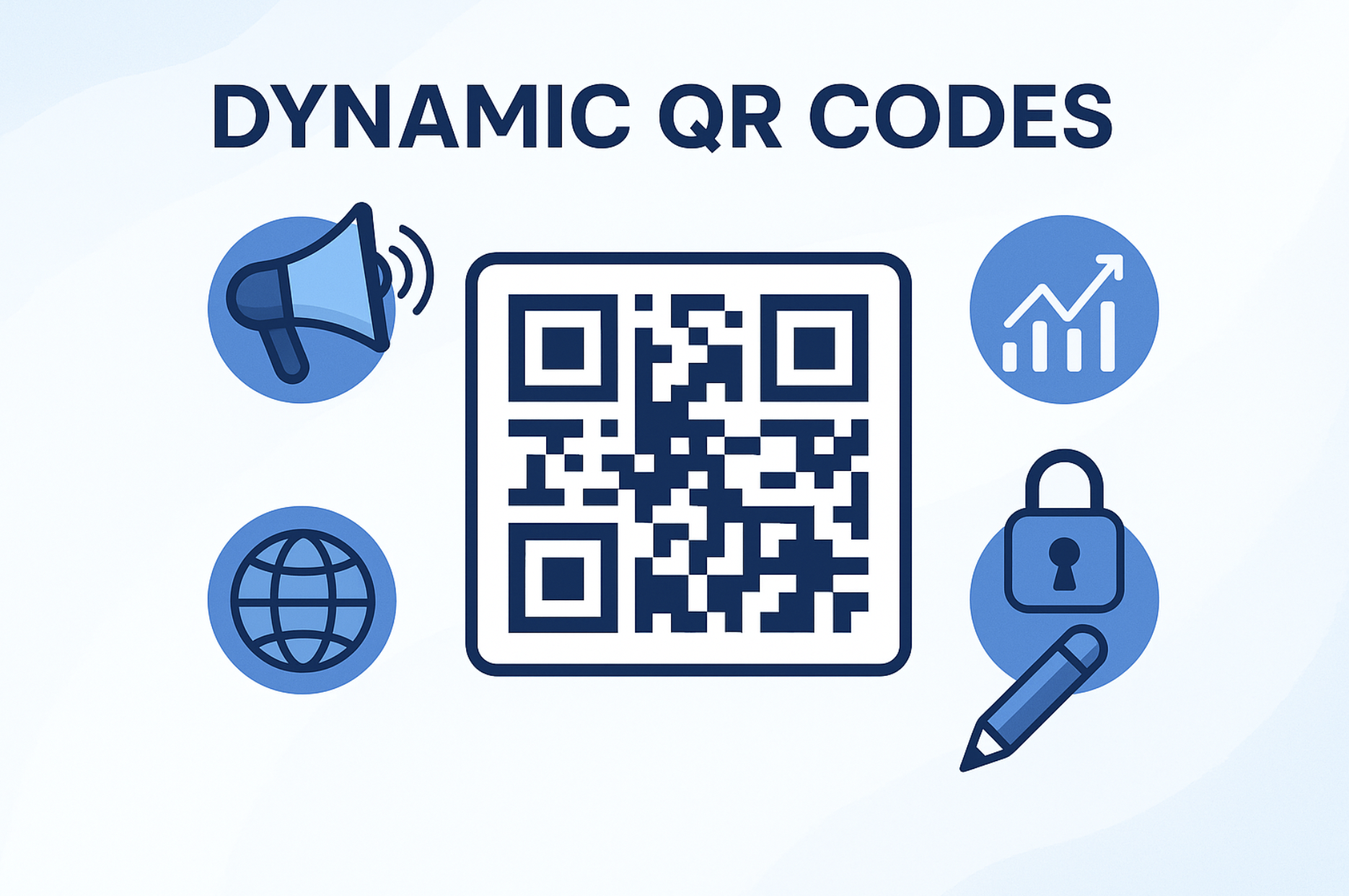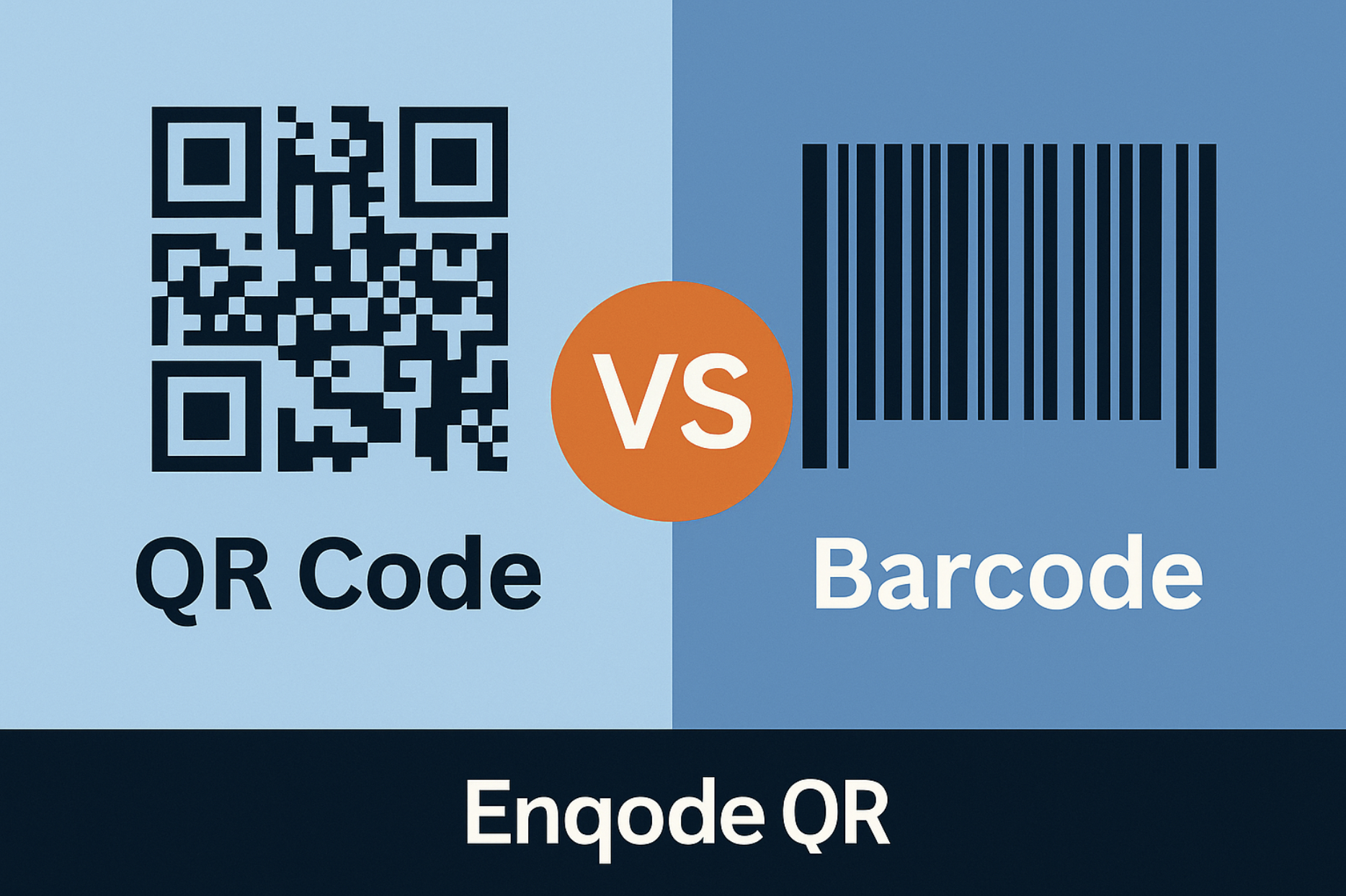Quick Summary
Uttar Pradesh is rolling out a bold Vision 2047 digital reform aimed at modernizing property transactions. By March 2026, property ownership will be instantly verifiable via QR codes, rent agreements will be legally enforceable at nominal stamp duty, and registry updates will occur in real-time—all to boost transparency, reduce disputes, and empower citizens.
Table of Contents
Introduction
Uttar Pradesh is making a decisive leap toward digital governance under its Vision 2047 roadmap. In a transformative initiative announced on August 24, 2025, the state is set to roll out QR-based property verification, instant registry updates, and significantly simplified rent agreement processes. The goal? To bring speed, transparency, and accessibility to property dealings across the state by March 2026.
What the Reforms Entail?
QR-Based Property Ownership Verification
Traditionally, property registration records take 35–40 days to reflect the buyer’s name in revenue databases. Under the new plan, QR codes will enable instant verification of property ownership at registration offices.
Instant Registry Updates
UP will station revenue officials at registration offices to verify records immediately. Once a property is registered, the buyer’s name will update in real-time within the revenue records—granting instant ownership rights.
Affordable & Legally Valid Rent Agreements
Recognizing landlords’ hesitation to register rent agreements due to high stamp duty (currently 4%), the state will replace this with a flat fee ranging from ₹500 to ₹1,000. This affordable pricing aims to encourage official registration, ensuring legal enforceability and reducing disputes.
Multiple sources outline the proposed stamp duty tiers:
- Rent up to ₹2 lakh per annum: ₹500
- Rent up to ₹5 lakh per annum: ₹5,000
- Rent ₹1 crore or more: ₹20,000
These changes are intended to apply to one-year agreements and possibly longer tenures via cabinet approval.
Why This Matters?
- Speed & Ease: Instant registry updates eliminate long waiting periods and bureaucratic hurdles.
- Transparency & Trust: QR-based verification makes documents easily accessible and verifiable, promoting faith in the system.
- Legal Security: Registered rent agreements ensure enforceable terms and reduce arbitration and court disputes.
- Inclusive Impact: Lower fees and streamlined procedures can encourage broader adoption among landlords and tenants.
How It Works: A Closer Look
| Reform Component | Key Features |
|---|---|
| QR Code Verification | Buyers scan a code at the register to confirm ownership instantly. |
| In-Office Verification | Revenue officials verify records during registration for accurate updates. |
| Quick Registry Updates | Ownership reflects immediately, offering real-time legal acknowledgment. |
| Standardized Rent Forms & Fees | Streamlined digital portal with fixed-format agreements and nominal fee. |
Timeline & Next Steps
- Now (August 2025): Reform announced and initial planning underway.
- By March 2026: Target rollout for QR verification, instant registry integration, and simplified rent agreements.
- Intermediate Steps: Cabinet approvals, digital portal development, revenue office upgrades, public awareness campaigns.
Conclusion
Uttar Pradesh is set to transform property dealings with its Vision 2047 initiative. By integrating QR-based verification, instant registry updates, and affordable rent agreement processes, the state promises a future where property ownership is transparent, speedy, and fair for all. As these reforms unfold, they stand to significantly modernize how citizens manage and transact real estate.


